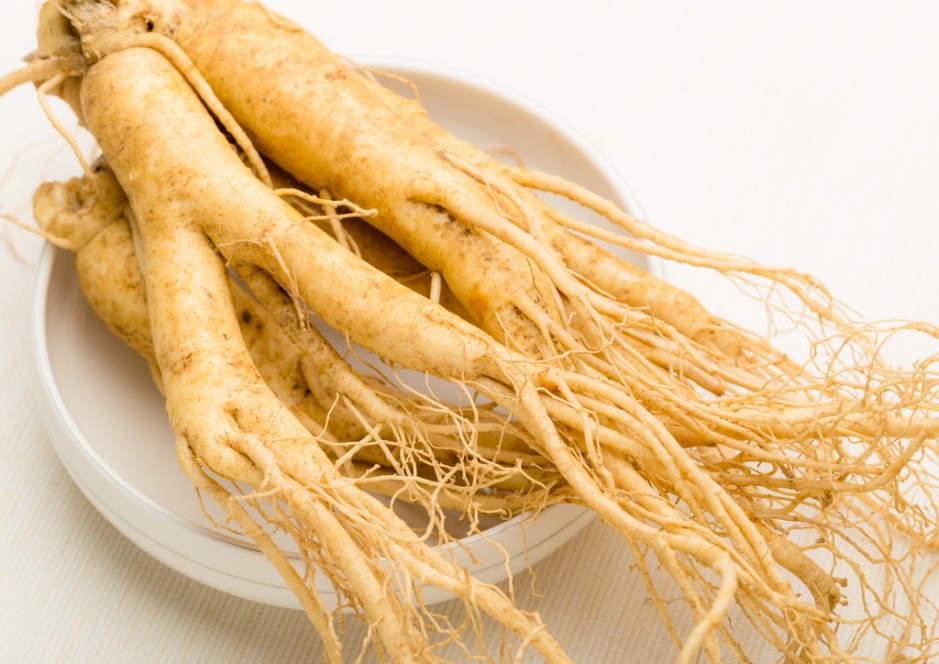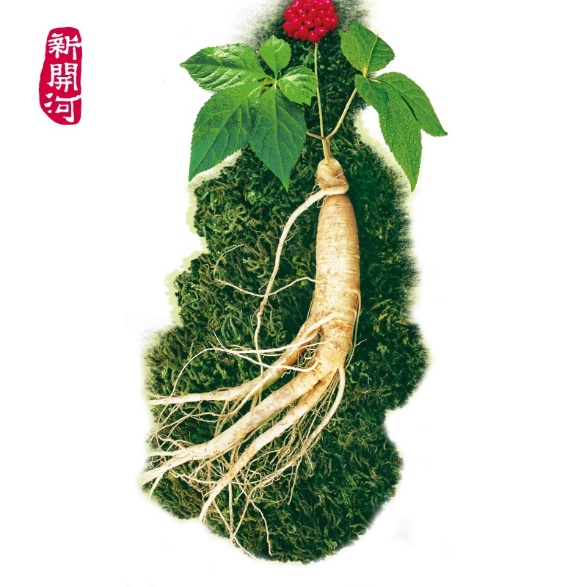
What is Panax Ginseng?
Panax ginseng, ginseng, also known as Asian ginseng, Chinese ginseng, or Korean ginseng, is a species of plant whose root is the original source of ginseng. It is a perennial plant that grows in the mountains of East Asia.
Ginseng, a medicinal herb, has long been used in the Far East, particularly in Korea and China as a respected herbal medicine in maintaining physical vitality. The genus name Panax (Pan=all + axos=medicine) means “cure all” in Greek.
According to the EMA, the root of P. ginseng is classified as a traditional herbal medicine.
Identification of Panax Ginseng
Low-growing perennial herbs of the Araliaceae Family. The term ginseng refers to any of 22 different plants, usually of the genus Panax. Most botanists recognise three species, Panax ginseng (Chinese or Korean ginseng), Panax pseudoginseng (Japanese ginseng) and Panax quinquefolium (American ginseng)
There is red ginseng and white ginseng. These are not different types, but different processing methods. White ginseng roots are dried directly and retain their natural color. Red ginseng roots are created when the tubers are first treated with steam and then dried.


THE HISTORY OF GINSENG
The origin of ginseng dates back to prehistory. In China, Shennong (Divine Peasant) also known as Emperor Yan, who is said to have started herbal medicine about 5,500yr ago) is reported to have tasted hundreds of plants to discover many medicinal herbs. The original work was lost long ago, however, studies performed by Shennong were handed down verbally over many generations and were comiled into a commentary book “Shennong Bencao Jing (Shennong’s Herbal)”by Tao Hongjing during the Liang Dynasty, 502-557 A.D.
Ingredients and composition of Panax Ginseng
It consists of so-called triterpene saponins, which include ginsenosides. 25 different ginsenoside compounds are currently known. There are also small amounts of essential oil, peptidoglycans and polyacetylenes
The ginsenosides or panaxosides, which belong to the triterpene saponins, are characteristic of the plant genus. The most important ginsenosides include the Panaxadioles Rb1, Rb2, Rc, Rd and the Panaxatriole Re, Rf, Rg1, Rg2 and Rh.


Benefits of Panax Ginseng
- Increased energy
- Sharper cognitive function
- Anti-inflammatory effects
- Treatment of erectile dysfunction
- Flu prevention
- Lowering blood sugar

Status of Panax Ginseng in EU Novel food catalogue
This product was on the market as a food or food ingredient and consumed to a significant degree before 15 May 1997. Thus its access to the market is not subject to the Novel Food Regulation (EU) 2015/2283.
